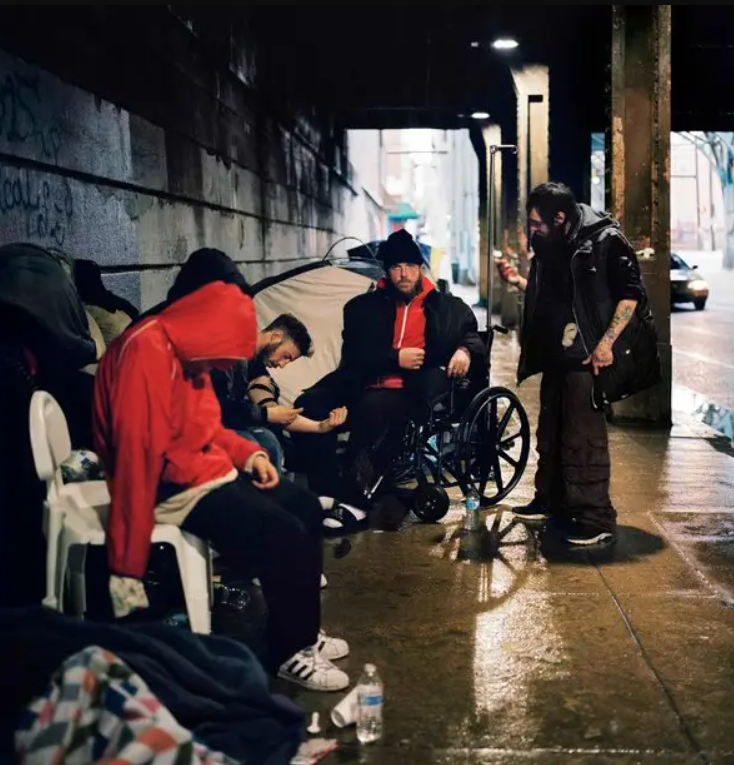NarcoImpact
The complex issue of “NarcoImpact” encompasses a range of negative factors that severely affect social development in communities.
Corruption, which is strongly linked to the illicit drug trade, is a significant factor.
Other factors that emerge from the narcotics trade, such as money laundering, have far-reaching consequences, including increased real estate costs and tension in affected areas.
When drug problems in a community are recognized as severe, people must face unpleasant alternatives.
- They can accept the reality of drugs in their neighborhood, adapting to a situation that they cannot hope to change immediately.
- Changing a lifestyle can reduce the threat of drug dealing and violence in their streets and buildings.
- They can change the environment by some form of community action with or without police support, or they can flee to safer housing if possible.

Those living in poverty or with limited resources are disproportionately impacted, with few alternatives available to them.
Because of these factors, even more people are engaging in the CRIMINAL NETWORKS.
Many terrorists and organized criminals take an active part in or have close ties to the illicit drug trade. The connection between the two is often money and power.
Political changes may affect
smuggling patterns, organized
crime, and drug abuse.
When drug problems in a community are recognized as severe, people must face unpleasant alternatives.
The impact of drug abuse on law enforcement is extensive. At each step along the way of production, distribution, and consumption, drugs divert time, energy, and resources away from other responsibilities.

Intelligence, surveillance, interdiction and seizure, prosecution and adjudication, sentencing, prisons, probation, and parole — all these measures may need to become specialized to deal with the complexity and volume of drug cases.

NarcoImpact on productivity, employment, premature mortality, illness, injury leading to incapacitation, and imprisonment directly reduces national productivity. Increased unemployment rates usually occur in the same age group as those most likely to use drugs and have drug problems. We can observe a significant loss of productivity and premature
mortality associated with drug use.
Drug abuse occurs more frequently in young people than in other age groups. The risk factors for drug use often occurs before entry into the workforce. The relationship between drug abuse and the workplace is significantly influenced by national, social, cultural, ethnic, religious, and gender issues.
Illicit traffic in drugs generates enormous profits. Funds are obtained in or converted into an international currency and then moved into financial centers to electronically transfer the money worldwide.
NarcoImpact on the environment is visible with environmental degradation in developing countries, which is due principally to population pressures, shifting cultivation patterns, and resource extraction from the earth.

To examine the linkage between illicit drug cultivation and harmful environmental impacts, one expert has noted that, unlike indigenous farmers, cultivators of drug crops have fewer ties to the land and are less respectful of it. To produce more plants, growers frequently use herbicides and insecticides, often in large amounts, without following prescribed procedures.
NarcoImpact and development of economic costs of drug abuse can be categorized as direct and indirect. Direct costs involve the increased cost of police, courts, military, treatment programs, welfare payments to drug addicts and their families, and increased security measures by businesses. Indirect economic costs include the displacement of legal industries, diminished control over the economy, spending money for drugs, inappropriate use of funds gained from drug sales, and fiscal problems related to the inability to tax the drug economy.
The economic costs of drug abuse are significant, with direct costs involving increased spending on police, courts, military, and treatment programs, while indirect costs include the displacement of legal industries and increased taxation.
